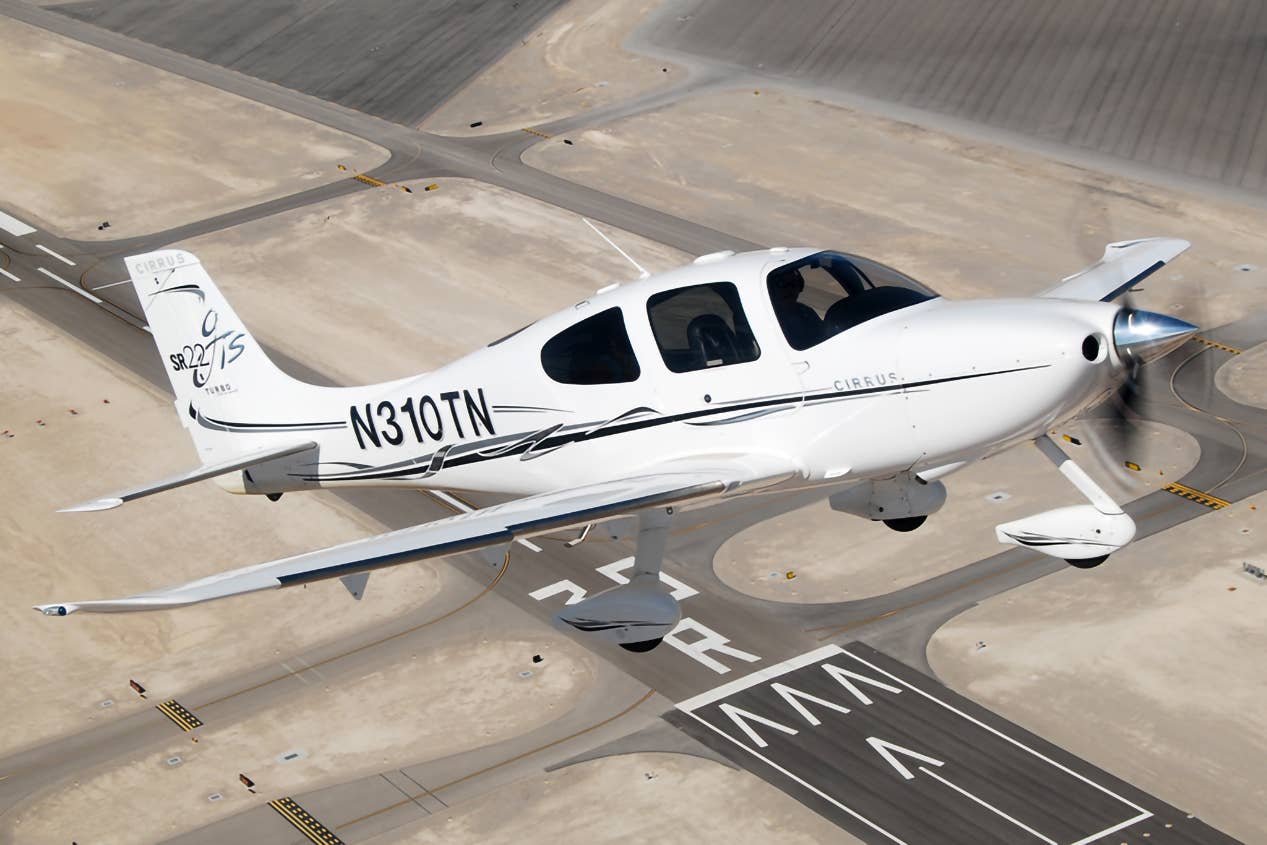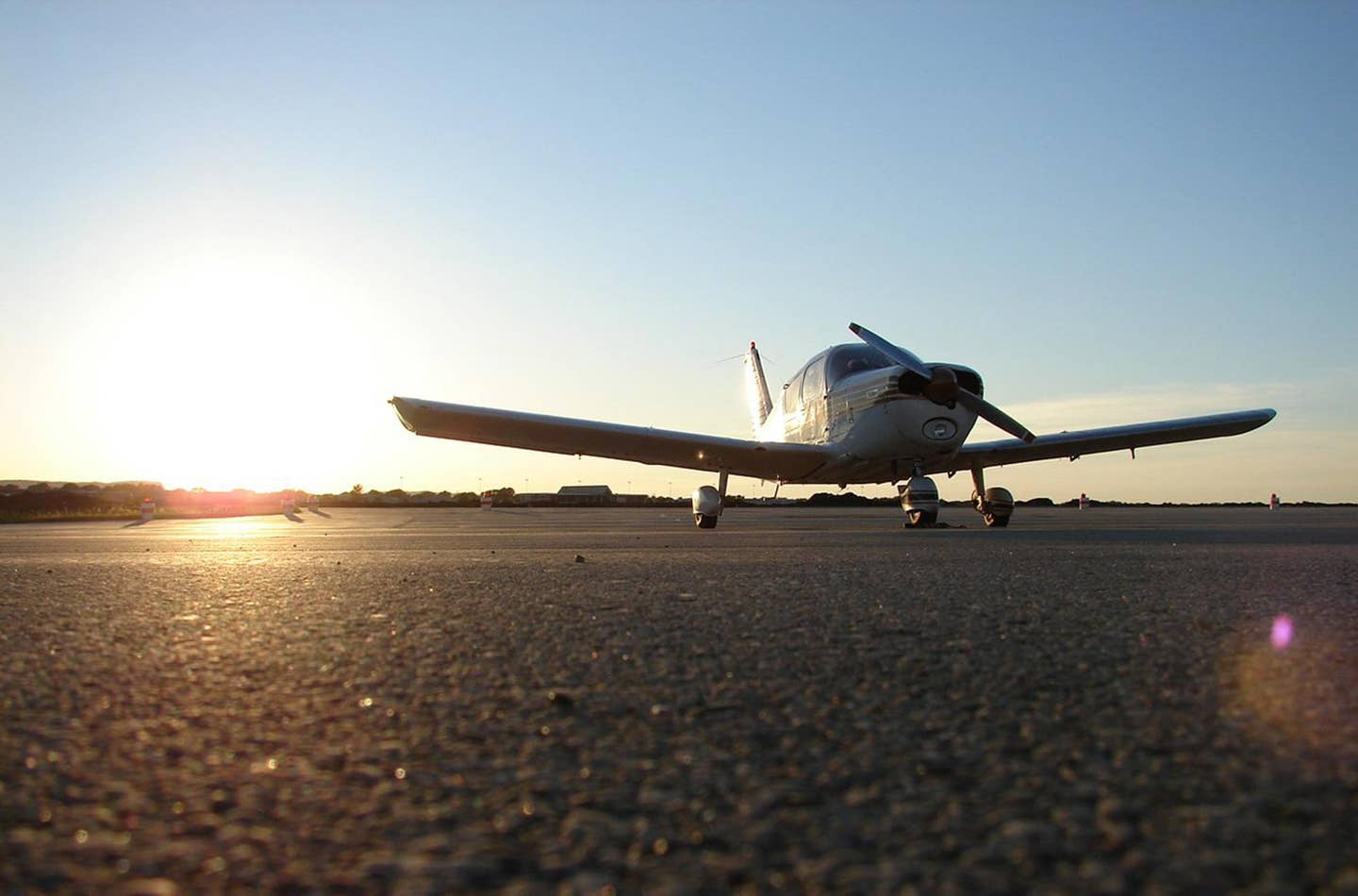CIRRUS SR22
It might be tempting to call the Cirrus SR22 a modern high-performance airplane, but it is not. It’s one of a few high-performance post-modern aircraft, others including the Columbia 300…

With innovations galore, the Cirrus SR22 is the most successful post-modern light plane ever and the best selling one, too.
It might be tempting to call the Cirrus SR22 a modern high-performance airplane, but it is not. It's one of a few high-performance post-modern aircraft, others including the Columbia 300 (and later derivatives) and some formative kit planes, all of which featured all-composite airframe construction. The SR22 happens to be the only surviving example of the type still in production.
Moreover, the SR22 represents a conceptual departure from previous fast GA planes. For starters, the SR22 was and is a fixed-gear plane, a design decision arrived at in order to decrease complexity, make the plane cheaper to insure, and allow new pilots an easier journey upstream to a faster ride. It's also an all-composite design, which represents a commitment to that material at a level not previously seen in light GA (though it was not the first such plane---the Windecker Eagle predated it by three decades, in fact). The Cirrus SR-series aircraft also featured (and feature today) a standard whole- airplane recovery-parachute system, which was a first for a production aircraft. The "chute," as it's nearly universally referred to these days, allows the pilot (or a passenger in case of pilot incapacitation) to pull a handle that activates a rocket-propelled parachute that lowers the entire aircraft to the ground at a survivably slow rate of descent. The chute, along with the company's commitment to initial and ongoing flight training for its pilots, has contributed to an enviable safety record after a spotty one early on.
Other revolutionary design features included flat-panel avionics, though that technology wasn't quite ready in time for the first SRs, which were equipped with mechanical gauges for the pilot and a center-mounted multifunction display. Within a couple of years, all SR20s and SR22s would feature full glass panels. And while it's not a very advanced design in terms of its engineering, the SRs also boast a side-stick-esque control stick, which Cirrus refers to correctly as a "side yoke" because its function is exactly like that of a control yoke, in that it has push-pull action coupled with side-to-side control input.
In terms of performance, the Cirrus SR22 is without question a high-performance aircraft. In fact, turbo-charged models can cruise at its ceiling of 25,000 feet at 214 knots, though, in truth, precious few pilots fly at that altitude, instead contenting themselves with a predictable 200-knot cruise in the mid-teens with range of around 900 nm. Cirrus has built more than 8,000 SR-series singles as of early 2021.
One could argue that with the SR22, light plane manufacturers have reached the end game on the high-performance piston single, though others would argue that there's still performance to be eked out of the type, as evidenced by Mooney's remarkably swift Acclaim model. At the same time it's tempting to say that in terms of development, the piston engine has reached its expiration date. One could argue, in fact, that Cirrus already built the ultimate next-Gen single, the SF-50 Vision Jet, a turbofan single that pushes the speed limit up over 310 knots and incorporates creature comforts and user-friendliness unimaginable for the visionary engineers who dreamt up that first true modern high-performance plane, the Beechcraft Bonanza, though we're far from certain about what the future will bring. An all-electric 300-knot silent speedster? There are speedy electric planes on drawing boards, but the physics don't work, at least not yet. Similar, revolutionary airplanes have happened before, though.

Subscribe to Our Newsletter
Get the latest Plane & Pilot Magazine stories delivered directly to your inbox






